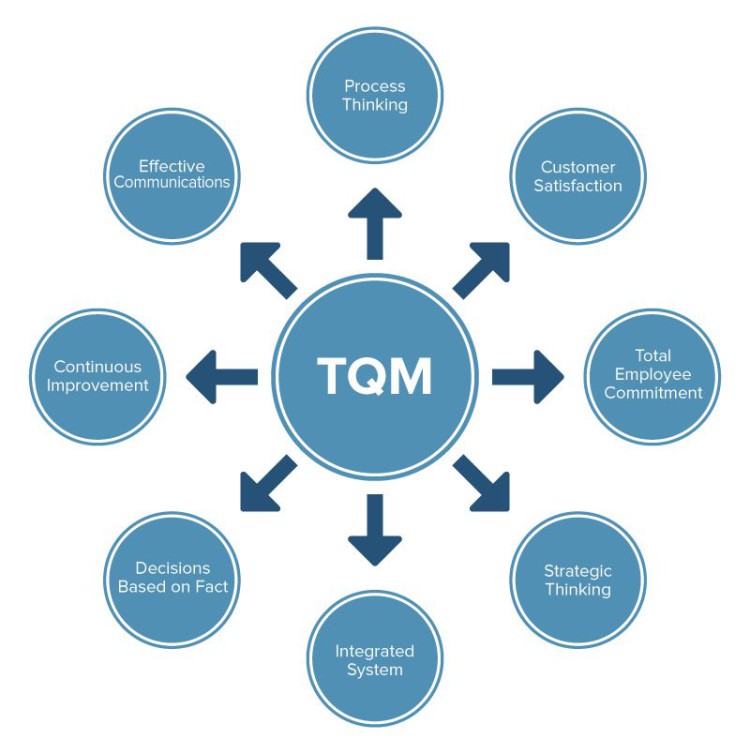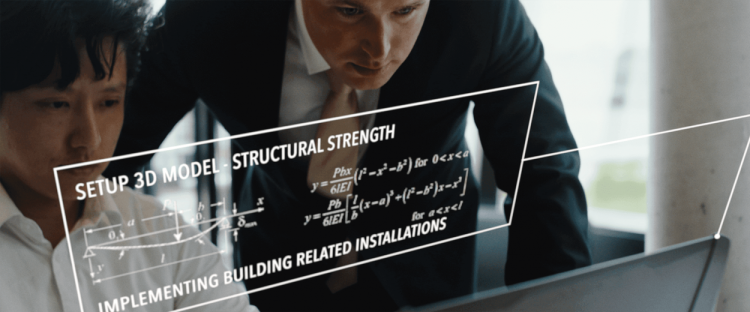



Welcome to our series of blog posts on Building Information Modelling (BIM). In this series, we explore the various dimensions of BIM, including 8D, 9D, and 10D BIM.
Read more about the D's of BIM:
In this post (9D BIM), we will delve into the emerging concept of 9D BIM, which involves the integration of Total Quality Management (TQM) principles into the BIM process. The integration of TQM and BIM is a promising approach that can lead to significant improvements in construction quality, efficiency, and customer satisfaction. So, let's dive in and learn more about the emergence of 9D BIM in lean construction.
Building Information Modelling (BIM) has been around for over a decade and has significantly transformed the construction industry's design and planning processes. BIM is an intelligent 3D model-based process that enables professionals to collaborate effectively, manage project data, and coordinate with different disciplines, reducing errors and enhancing construction efficiency. However, the adoption of BIM is still in its infancy, and the full potential of BIM has yet to be realized. One approach to maximize BIM's value is to integrate it with Total Quality Management (TQM), a framework that has emerged as the most successful quality management approach in the construction industry.
TQM focuses on continuous improvement, customer satisfaction, and waste elimination to achieve organizational excellence. TQM has been adopted globally across various industries, including healthcare, manufacturing, and service, and has been credited with improving quality, increasing revenue, reducing costs, and enhancing customer satisfaction. ISO 9000, a quality standard that outlines the requirements for a quality management system, is an essential component of TQM. ISO 9000 emphasizes process standardization, customer focus, and a continuous improvement approach to quality management. The integration of TQM and BIM can lead to the creation of a new dimension of BIM, the ninth dimension (9D BIM), which incorporates quality management principles into the construction process.

The proposed framework for enabling quality in lean construction through the integration of TQM and BIM aims to map TQM elements and BIM dimensions to identify common and uncommon denominators. The framework examines the benefits and obstacles of TQM implementation and proposes that quality should be the ninth dimension of BIM in construction project management. The framework aims to optimize and streamline all processes involved in project implementation through digitization and lean construction principles, including optimizing, reducing, or eliminating activities that do not add value, considering the customer's needs, standardizing processes, optimizing time, and increasing transparency.
In particular, companies that use BIM have a higher relative importance index for implementing Total Quality Management (TQM) than those that do not. By implementing TQM, companies can benefit from increased customer satisfaction, better relationships with clients, referrals for new opportunities, improved product quality, and increased market share. The proposed framework of 9D BIM provides a comprehensive approach to BIM implementation that includes elements such as time, cost, quality, and sustainability. This framework can help companies to achieve their quality and efficiency goals while reducing costs and improving customer satisfaction.
However, TQM implementation is not without its challenges. Barriers to implementation include resistance to change, lack of management commitment, limited training and education, and inadequate resources. Organizations need to be aware of these challenges and adopt strategies or best practices to overcome them successfully. Organizations must also consider the benefits and drawbacks of both TQM and ISO 9000 when deciding which quality management approach to pursue.
The lack of training and education in TQM and BIM frameworks is a significant barrier to their successful implementation in the construction industry. Respondents in the surveys administered to individuals linked to the construction sector expressed their concern about the limited knowledge and training in TQM and BIM frameworks. The lack of training and education can result in the ineffective implementation of TQM and BIM frameworks, leading to inefficient processes, increased costs, and reduced customer satisfaction. Organizations must address this issue by providing proper training and education to employees and ensuring they are familiar with TQM and BIM principles.
Despite the lack of training and education, implementing TQM provides organizations with a competitive edge in the market. TQM implementation can lead to improved product quality, better customer relationships, increased market share, and referrals for new opportunities. However, the success of TQM implementation depends on top management's commitment to quality and the organization's ability to overcome barriers to implementation, such as resistance to change, limited resources, and inadequate training and education. By adopting a TQM and BIM framework, organizations can improve their quality management practices, reduce costs, and enhance customer satisfaction, ultimately gaining a competitive advantage in the market.
The integration of TQM and BIM can lead to significant improvements in construction quality, efficiency, and customer satisfaction. The proposed framework of 9D BIM aims to induce quality as the ninth dimension to BIM in construction project management. However, organizations must be aware of the challenges of TQM implementation and adopt strategies to overcome them successfully. Additionally, more research and development of new software are needed to measure the level of TQM implementation, and more awareness and education on TQM and BIM frameworks are required. Findings also suggest that there is a need for more collaboration between TQM and BIM experts in the construction industry to develop new software and tools that can measure the level of TQM implementation in BIM. Such tools can assist organizations in identifying areas of improvement and measuring the effectiveness of their TQM implementation. In conclusion, the integration of TQM and BIM can bring significant benefits to the construction industry, but it requires commitment from top management, proper training and education, and collaboration between TQM and BIM experts to develop new software and tools to measure the effectiveness of TQM implementation in BIM.
Copyright © 2024 The BIM Engineers. All Rights Reserved | Design & Developed by Prettify Creative